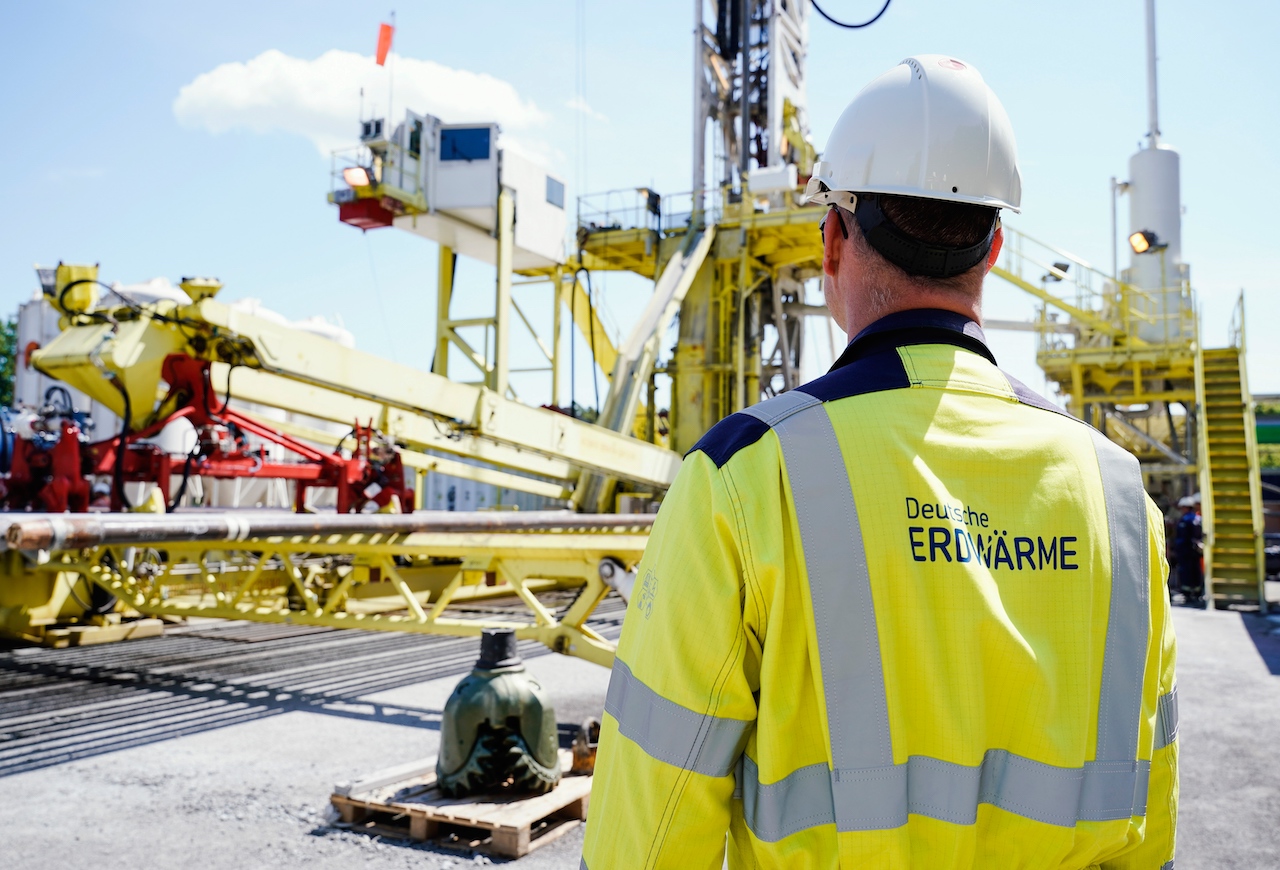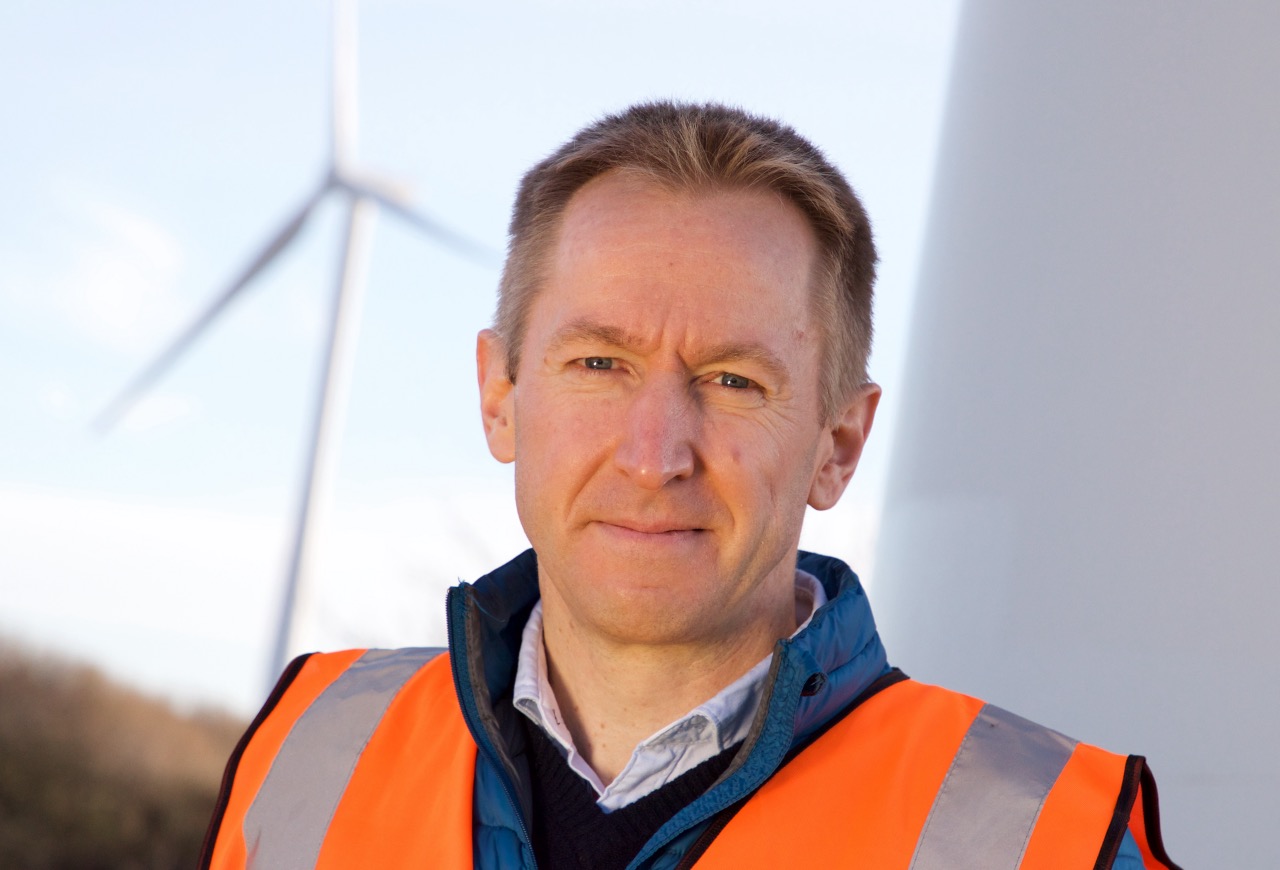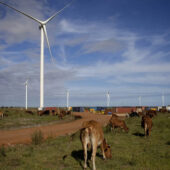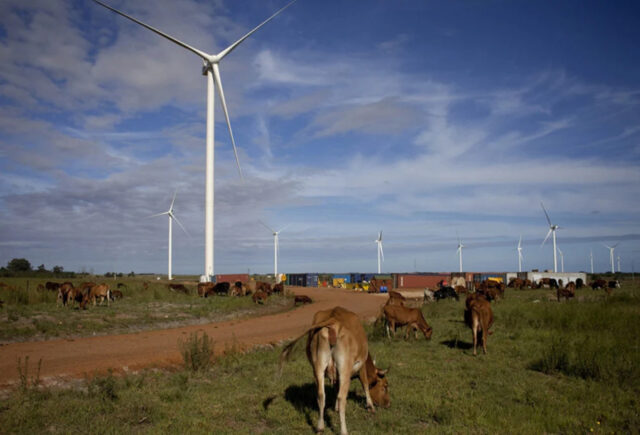In seeking new solutions to the current energy crisis, geothermal energy has a major role to play. Both deep and shallow geothermal projects are under way across Europe, attracting increasing interest from investors

In brief
- Geothermal power can help provide a clean baseload power generation solution. Perhaps more than previously thought
- As a result of the Russian invasion of Ukraine, European investors are increasingly interested in deep geothermal power generation
- And a shallow thermal power revolution is underway in residential housing
The extremely high temperature and pressure of the earth’s interior causes rock to melt, and heat is convected upwards offering geothermal power. It has an advantage over other renewables in that it is not reliant on weather conditions and therefore can provide baseload power.
Geothermal power plants emit less than 5% of coal power plant emissions. However, projects are technically demanding and require heavy upfront capital.
For these reasons the majority of such projects have so far been confined to volcanically active areas. Six small economies generate more than 15% of their energy needs from this source: El Salvador, the Philippines, Iceland, New Zealand, Costa Rica, and Kenya.
Even so, it has been previously estimated, geothermal could constitute 5% of global energy needs by 2050, and 10% by the end of the century. But maybe that is an underestimate. In the light of the current energy security emergency, there is a significant increase in activity in Europe. In both deep and also shallow geothermal projects.
Deep geothermal: ‘mining steam’
Last week, Thrive Renewables launched a new fundraise for its clean energy platform on Triodos Bank’s crowdfunding platform. The portfolio includes the UK’s first commercial deep geothermal electricity generation plant in Cornwall.

Thrive’s CEO Matthew Clayton tells Impact Investor: “There’s a lot of learning going on regarding the efficiencies of the process not just here in the UK but in Germany and across Europe.”
It’s not an easy process. Thrive Renewables’ project at United Downs, in Cornwall, has an extraction well which is some 5.2 kilometres deep. “Granite is pretty tough rock. The crucial thing is looking for the vertical fault lines which can be identified on the surface. But our experience in the UK is that we have drilled two wells, and both have been very viable.”
Natural heat is emitted as granite decays and for every metre down you drill so the heat increases. In Cornwall, the bottom hole temperature is some 190 degrees, and this generates 180 degree energy at the surface. “In other words” Clayton says, “you are essentially mining steam.”
This steam goes through a heat transfer system which generates electricity through a closed loop. There is also energy provided for local consumption from the hot water off-take as part of the process. Fortunately, the key technologies for deep geothermal projects are ones which are transferable from the oil and gas industry in the areas of drilling and pumping.
Clayton says: “There is one area of exciting new technology. An osmotic process that facilitates the extraction of lithium from brine pumped out of the well as a by-product.”
Lithium is a hot topic resource in the current security debate, and Clayton estimates around 2,000 tonnes will be achievable annually. He also believes geothermal offers investors higher returns than other renewables.
The current energy security crisis in Europe means there is interest in deep geothermal projects across the continent. Danish pension fund ATP is investing in what is set to be the EU’s largest geothermal plant at Aarhus being built by Innargi, a new subsidiary of Danish shipping group AP Møller. The plan is that 20% of the city’s heating demand will be met from the new plant.
In the Netherlands, Foresight Energy Infrastructure Partners (FEIP) has entered into a joint venture with geothermal specialist 85 Degrees Renewable to acquire operational wells and construction projects. The Dutch Government believes 5% of all heat produced in the Netherland’s can be supplied by geothermal by 2030, and 25% by 2050.
There are also deep geothermal projects being undertaken elsewhere in Europe. Leonardo Estrada leads the energy and sustainable technology team at Drees & Sommer in Berlin, a company which has been involved in two major deep geothermal projects, one with Erdwärme Grünwald GmbH in Germany, and the other in Hungary which is digging to a depth of 3.5 kilometres and looking to supply a district or 400 hectares with heating.
Estrada says: “Historically, these projects have been expensive and difficult which has restricted their use up until now. But there has been some pickup in interest recently. At the moment there is considerable focus on all renewable energy sources including geothermal energy because of the energy security situation, and the need to wean Germany off Russian energy supplies.”
The company’s clients include construction companies, energy suppliers, real estate developers and owners, and public sector clients. “We always now consider geothermal as a key technology for providing energy needs for new districts.”
Shallow geothermal
Whilst there is activity on the deep geothermal front in Germany, Arne Schreier head of project developments at Deutsche Invest Immobilien (DII) points out that “Germany is [really] a big player in shallow geothermal energy”.
Shallow geothermal projects are 3 to 100 metres deep and extract warm water (at 15 to 20 degrees) which can be heated to 40 to 60 degrees with the use of a heat pump for localised residential or commercial use.
It has been used for some years in Iceland, and Kristina Hagström Ilievska at Swedish company Baseload Capital “believe[s] it’s the biggest potential to solve the energy transition as it is reliable with massive reserve of renewable energy”.
DII’s Schreier says: “I see [shallow] geothermal energy as having a major role in real estate development going forwards. This is particularly so given the energy security situation in Germany. I expect we will examine the geothermal potential in every one of our new developments. This is new.”
For example, DII is considering using geothermal heat pump systems at the moment at a development of 110 homes.
From 2025 new regulations in Germany will mean that all residential developments will have to source at least 65% of their energy needs from renewable energy, which includes geothermal energy. Schreier says in future “we plan on gaining most of our new developments’ energy from renewable energy including geothermal energy.”
Estrada agrees that the potential for shallow geothermal energy varies across Germany. “But for example in north Rhine Westphalia it is estimated it could address up to 60% of the overall heating needs of that state.”
Schreier concludes: “The potential for geothermal energy is massive. Our planet certainly has enough energy from this source for the next 100,000 years.”





